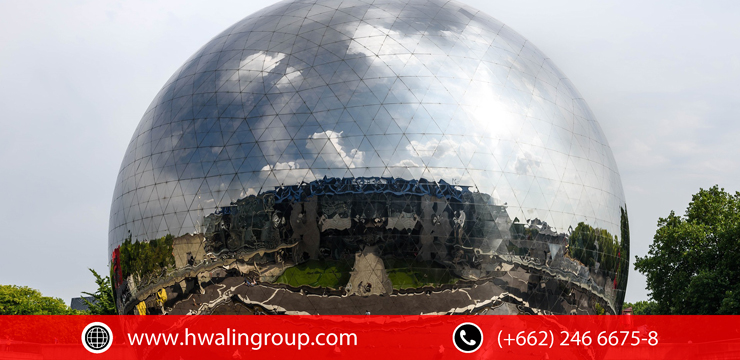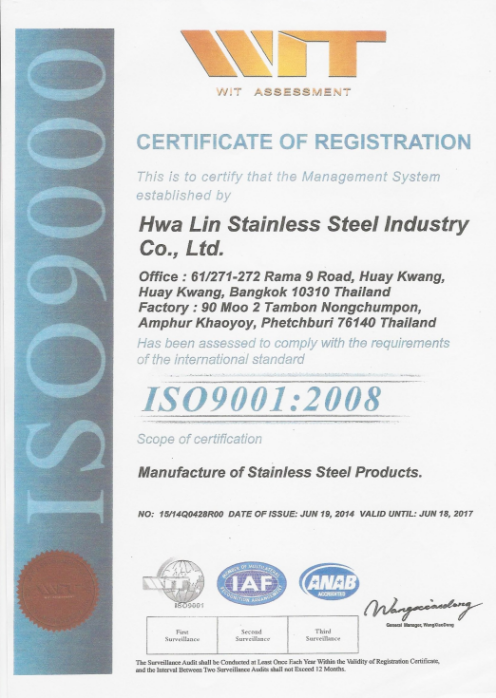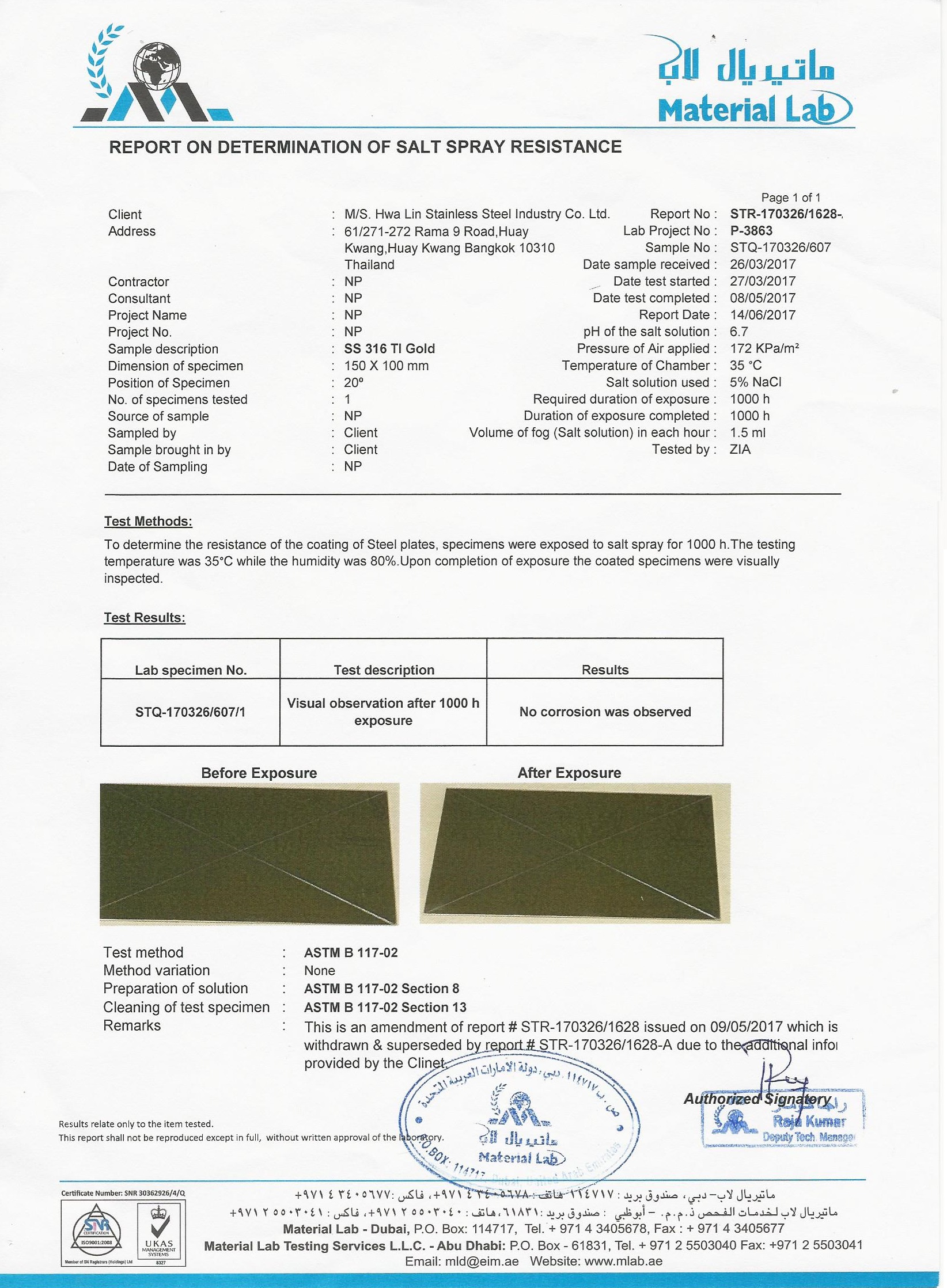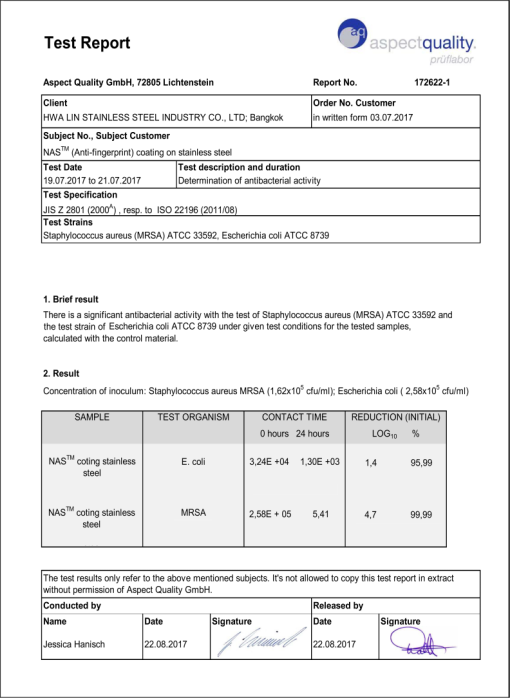
November 28, 2019
Stainless Steel and Art
Stainless steel is a popular choice for public art, sculptures and outdoor features as it can be welded, machined, bent, and finished with many different surface finishes and color effects.
In contrast any paint finish is likely to bubble and peel. However the beauty of stainless steel is that it does not rust and strongly resists attack by a great many liquids, gases and chemicals. There are different grades of stainless steel, for instance, a 304 grade is used on many art features, but where items are to be placed either in gardens or public places near the coast, a 316 grade stainless steel is often recommended which is even more resistant.
A mirror finish is one of the most popular choices which is achieved by building up shine using various grades of polishing wheels. It is ideal for all types of items where a highly polished finish is aesthetically pleasing so a good effect for art and sculpture.
Many people confuse the two but polishing refers to processes that use an abrasive which is affixed to the work wheel, while buffing uses a loose abrasive on the work wheel. Polishing is a more harsh process while buffing is less so, which leads to a smoother, brighter finish.
Shot peening can be controlled and repeated to leave behind a range of different textures. These can be highly decorative designs and finishes. This has been achieved on the Dublin Spire, erected in December 2003, where the ground level section was peened to create a mirrored pattern with a reflective surface.
A glass bead blast finish was added to the steel used for a large artwork project in Manchester – The Seed Sculpture. Glass bead blasting is often applied in case of vessels and constructive frames as applied for instance in the food and candy processing industry. The exterior looks smooth and aluminium like.
Another technique is steel brushing – produced by polishing the metal with a 120–180 grit belt or wheel then softening with an 80–120 grit greaseless compound or a medium non woven abrasive belt or pad. The brushing gives the metal a distinctive look. It keeps some but not all of its metallic luster but a pattern of very fine lines, parallel to the brushing strokes, is created.
Sandblasting with a pattern on stainless steel can create a textured finish with dramatic results. Also grinding and distressing can create added interest to the steel.
A dazzling array of different finishes can be produced. These can be simple or complex designs utilizing several finishing techniques including etching, or the bead blasting processes as well as color stripping. A combination of these techniques can be used, sometimes together.
Another option is to create a dull surface which can be used on the same piece as a contrast to mirror finishes, where the metal is painstakingly dulled with heat to achieve the final effect. Also a more delicate result from heat treatment can be produced on sculptures by something called heat speckling.SS Cladding
Source :
http://www.rovasta.nl/en/stainless-steel-finishes
https://www.johndesmond.com/blog/art-and-sculpture/stainless-steel-and-art
บทความอื่น ๆ ที่น่าสนใจ
-
การเคลือบแบบ PVC คืออะไร? (PVC or PVD?)
-
Laser cut PVD coated Sign plates, Screens
-
Hands Free Dispensers
-
แคลดดิ้งโลหะแบบใดที่เหมาะกับโปรคเจคงานของคุณ?
-
เหล็กสแตนเลสมีโอกาสเกิดสนิมมากน้อยเพียงใด
-
High Corrosion Resistant Satin
-
Watchdog "MAX"
-
DESIGN TRIMS™ to turn plain surfaces into beauty
-
3D Stainless Steel Letters for Your Business or Organization
-
Satin finish or Mirror polish—Which Finish Should I Go for?
-
Stainless Steel: Solution for modern technology
-
Stainless Steel and Art
-
Surface Finishes of Stainless Steel Sheets
-
บทบาทของเหล็กกล้าไร้สนิมในการก่อสร้างอาคารสูงในปัจจุบัน
-
12 งานออกแบบเหล็กกล้าไร้สนิมล้ำสมัยในสถาปัตยกรรมยุคใหม่
-
ทำไมถึงใช้สแตนเลสในโครงการก่อสร้าง
-
STAINLESS STEEL BALUSTRADE: MATERIAL OF CHOICE FOR HOME AND OFFICE DECORATION







